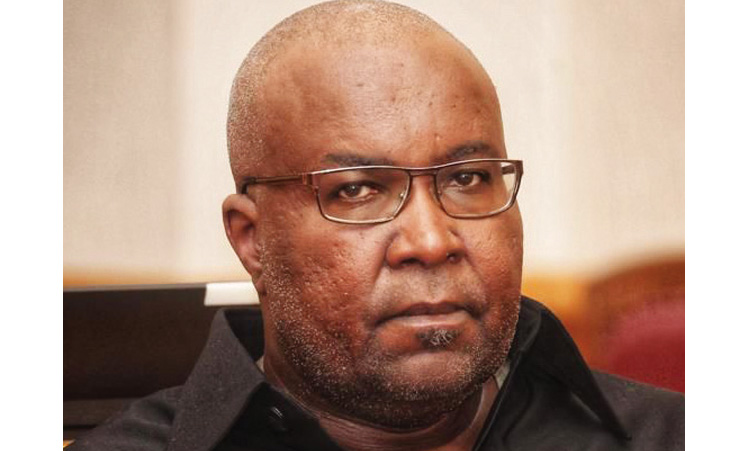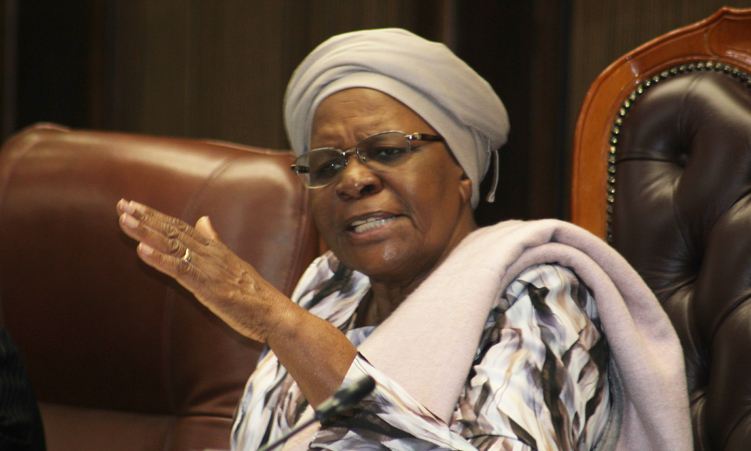Over 1 500 households were electrified between 2020 and 2025 at a cost of N$55.6 million, while an additional 1 956 peri-urban households were connected to power during the 2024/25 financial year through a N$75.5 million investment.
During the 2023/24 financial year, 678 households were electrified at a cost of N$ 19.8 million.
The deputy prime minister and minister of industrialisation, mines and energy, Natangwe Ithete, reaffirmed the ministry’s commitment to rural electrification and the development of strategic plans that support Namibia’s national goals during the opening of the ministry’s strategic planning retreat at Swakopmund on Monday.
“Through our rural electrification programme, schools, public institutions and households have also benefitted. A total of 326 public institutions and 1 074 households were electrified at a combined cost of N$308.5 million during the 2020-2025 period,” he noted.
Ithete further highlighted the Baynes Hydro-Power Project as a cornerstone of Namibia’s future energy security.
Developed in collaboration with the Angolan government in 2024, the project is being presented as a milestone in regional cooperation.
The power station is a planned 600-megawatt hydroelectric power plant in northwest Namibia, at the border with Angola.
The minister emphasised the importance of national empowerment, adding that all 12 mining licences issued over the past three years included conditions ensuring local participation.
“This is aligned with our vision to increase Namibian ownership in mining. Local content development in oil, gas and green industries is vital to our country’s socio-economic development,” he stressed.
According to the minister, royalty collections from the mining sector reached N$5.96 billion during the same period. He attributed this success to rigorous site inspections, permit verifications and audits.
Mining ministry executive director Ben Nangombe echoed the minister’s sentiments, urging staff members to remain focused and proactive in delivering a comprehensive and responsive strategic plan.
He acknowledged a series of challenges, including inequities in access to resources, inefficient project management and slow internal processes.
However, he expressed confidence in the team’s ability to respond effectively.
- Nampa
Stay informed with The Namibian – your source for credible journalism. Get in-depth reporting and opinions for
only N$85 a month. Invest in journalism, invest in democracy –
Subscribe Now!










